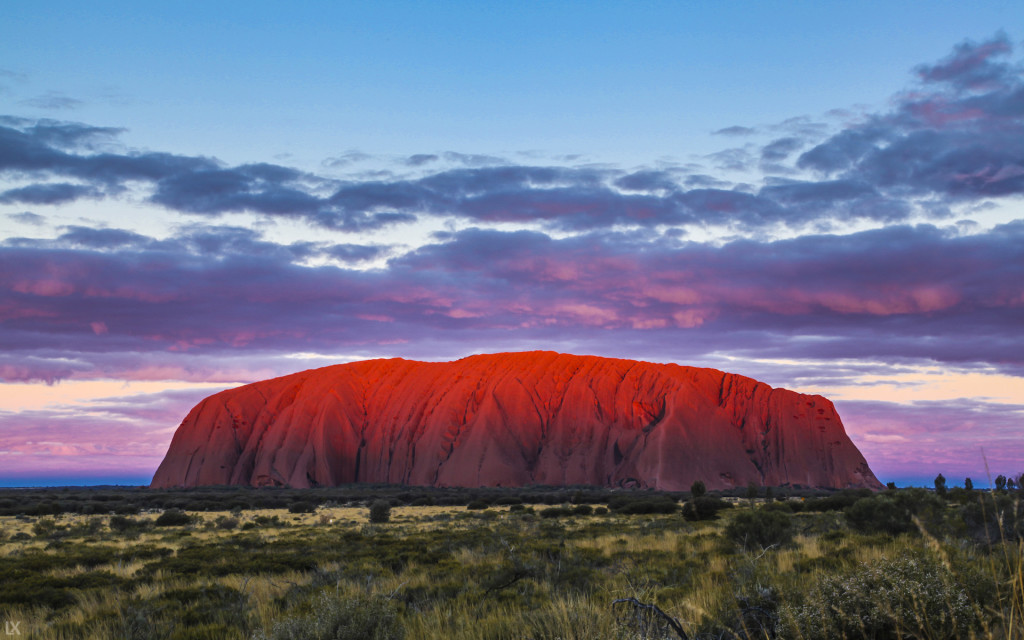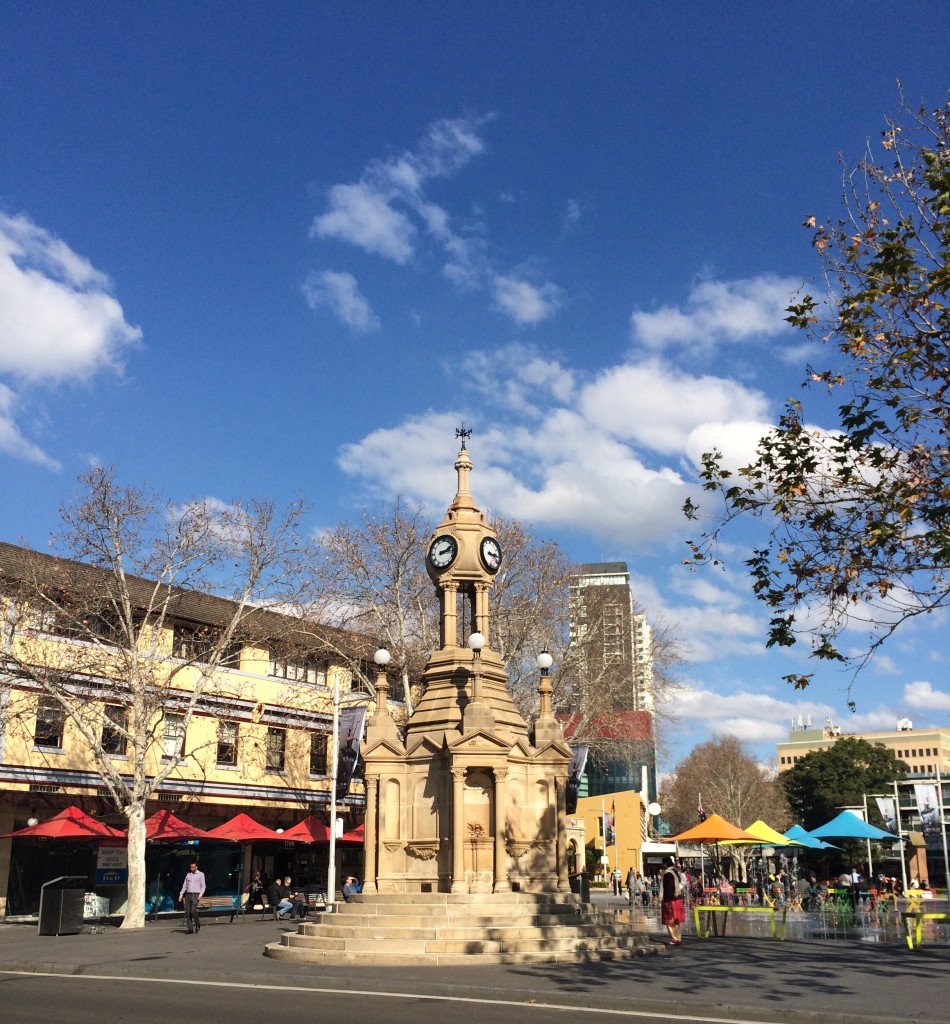International Students
Sydney Opera House Near the Heart of Sydney City
Welcome
SSB students study at the heart of Australia’s largest oldest most cosmopolitan city. It is an exciting, diverse, vibrant, and colourful city. Ferries, trains, and buses allow Parramatta’s inhabitants to travel with ease to get to various places of interests such as Parramatta River, Parramatta Park, Parramatta’s historic churches, cinemas, theatres, museums, and sport facilities. Parramatta’s vast infrastructure hosts optic-fibre high speed internet, hospital services, public libraries, and other teaching and research centres. Parramatta is Sydney’s epicenter.
History of Australia
Modern Australia is the second most culturally diverse nation on earth. It is the largest island continent nation with the oldest continuous human occupation. The inhabitants settled in Australia at least 40,000 years ago when there was a land bridge across modern day Indonesia to the Asian Peninsula. Isolated, the island continent became a microcosm of unique vegetation and animals to evolve. As time passed, human culture evolved as well to adapt to the extremely diverse range of climates and terrain.
 The famous Uluru/Ayers Rock in Central Australia
The famous Uluru/Ayers Rock in Central Australia
The inhabitants of the continent developed a sophisticated culture and social organisation to ensure the survival and prosperity of the peoples of the continent. By the early 1600s, the Dutch settled in what is now Indonesia and followed traditional trade routes which led them to North and later Western Australia. Later, Portuguese explorers began to visit the island continent followed by the Spanish and French. By the late 1700s, the island continent was referred to as New Holland, but it was the British that made claim to what is now Botany Bay, Sydney in 1770. The British set up a permanent prison settlement in 1788 which was later to become the City of Sydney. Within weeks of arriving, the first settlers created a settlement which would become Parramatta, the home of the Sydney School of Business.
With the discovery of gold in the late 1840s, the colony became the second fastest growing economy in the world. For the next 40 years, the economy grew to include wheat, wool, meat, coal, and iron ore. This led to the creation of many more new cities and towns throughout the continent.
In 1898 the colonies agreed to form a federal government consisting of six sovereign states to create the Commonwealth of Australia in 1901. Today, it holds the third oldest written constitution and is the oldest democracy to have its citizen’s vote for the constitution. The Commonwealth of Australia is a representative democracy with its own federal government, parliament, and independent court system.
Australia Today
The country is divided into 6 sovereign states: New South Wales, Queensland, South Australia, Tasmania, Victoria, and Western Australia. Australia also contains two territories, the Australian Capital Territory and Northern Territory. Each state and territory has a separate government and is led by the Premier.
There are 3 time zones in Australia:
- Eastern Standard Time (EST) – New South Wales, Australian Capital Territory, Victoria, Tasmania and Queensland
- Central Standard Time (CYST) – South Australian and Northern Territory
- Western Standard Time (WST) – Western Australia
ACST is ½ hour behind EST, while WST is 2 hours behind EST. For example, if it is 2 pm in Sydney, it will be 1.30 pm in Adelaide, and it will be 12 pm in Perth. Daylight savings time is applied during the summer months. The Australian continent has extreme climate phenomena. However in urban centres such as Sydney the climate is pleasant without extremes in temperatures.

The Sydney School of Business moved to the nation’s oldest permanent settlement, historic Parramatta. The city rests on the banks of the Parramatta River on Macquarie Street. The SSB is located adjacent to the location of the nation’s first government house.
Studying Overseas
It is a requirement of your student visa to have ‘Overseas Student Health Cover’ (OSHC) for the entire period of your student visa. You should consult your education consultant/ travel agent or visit the Australian Government’s Department of Health overseas student health cover page.
For more information about Australian visa, medical, study, and other requirements, refer to the SSB International Student Handbook.
